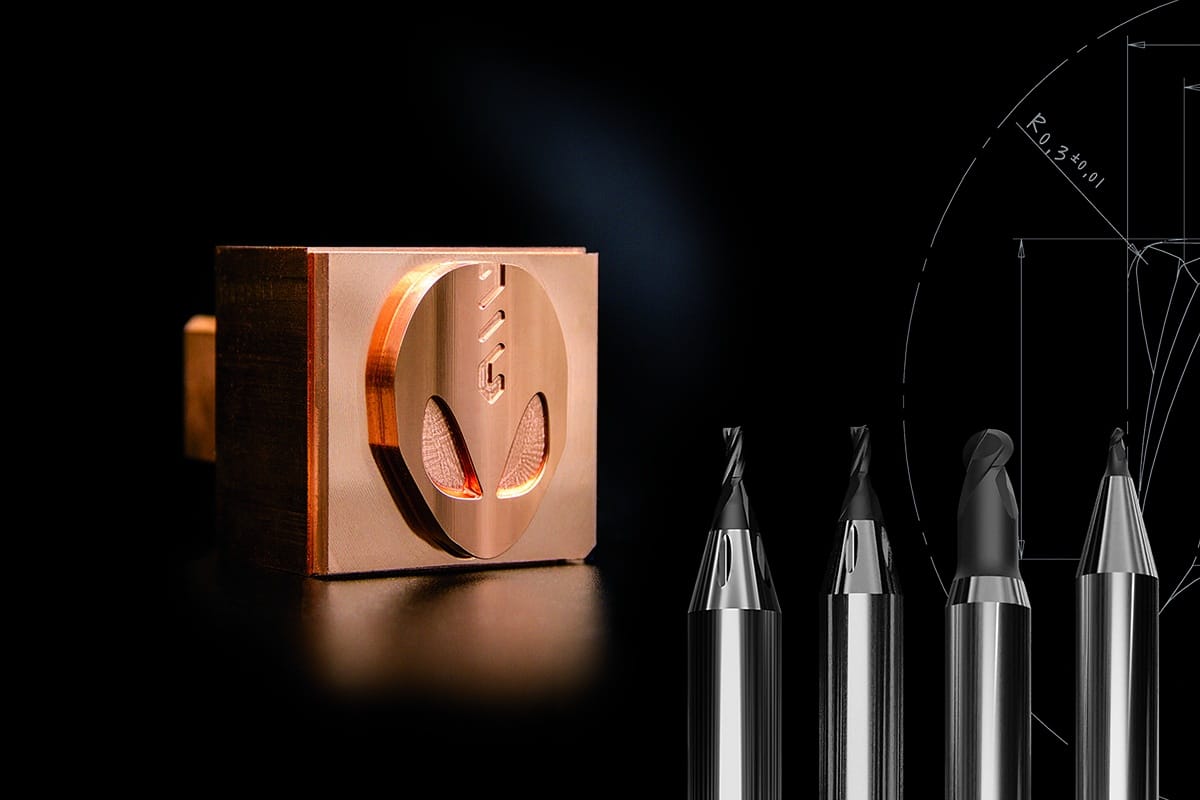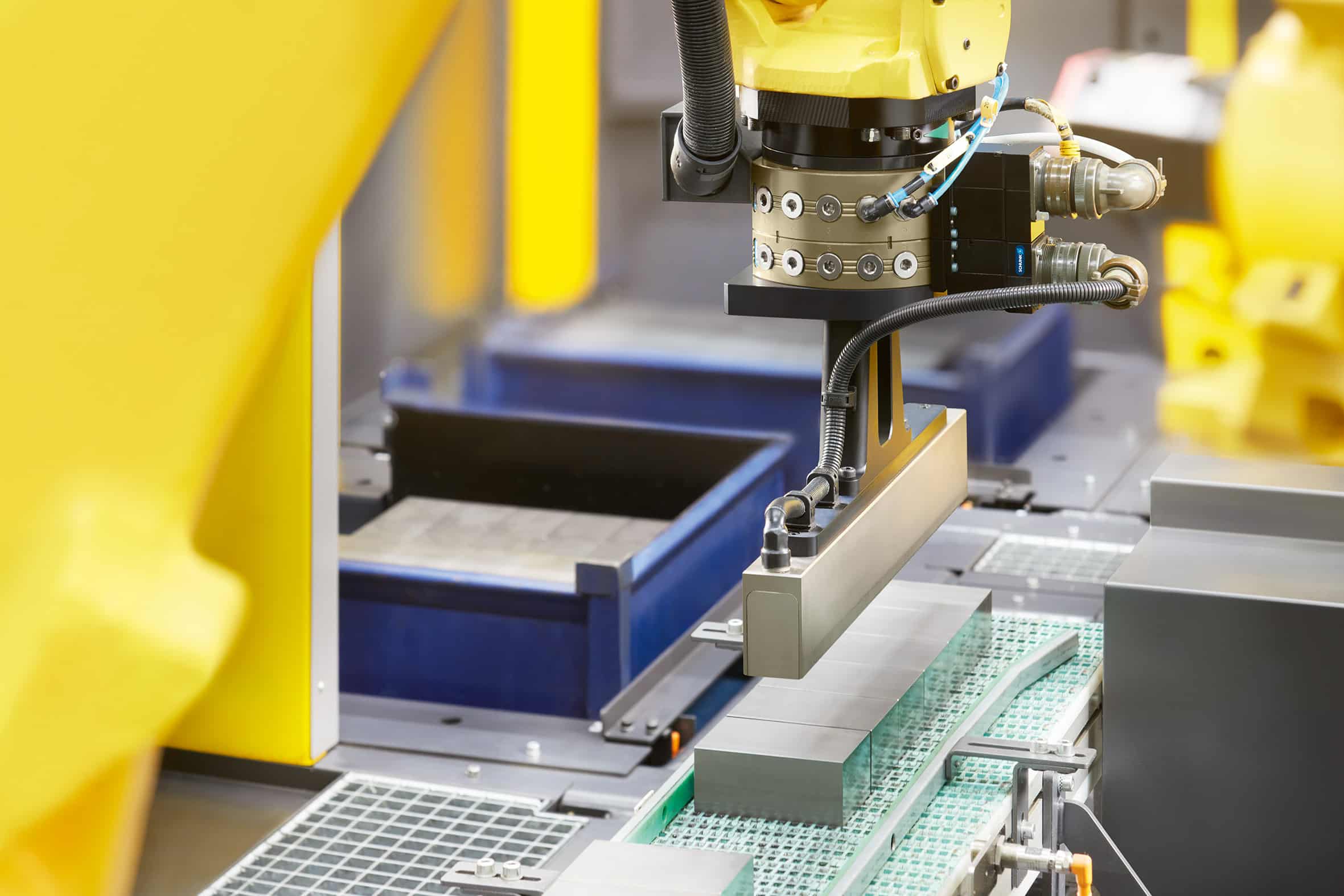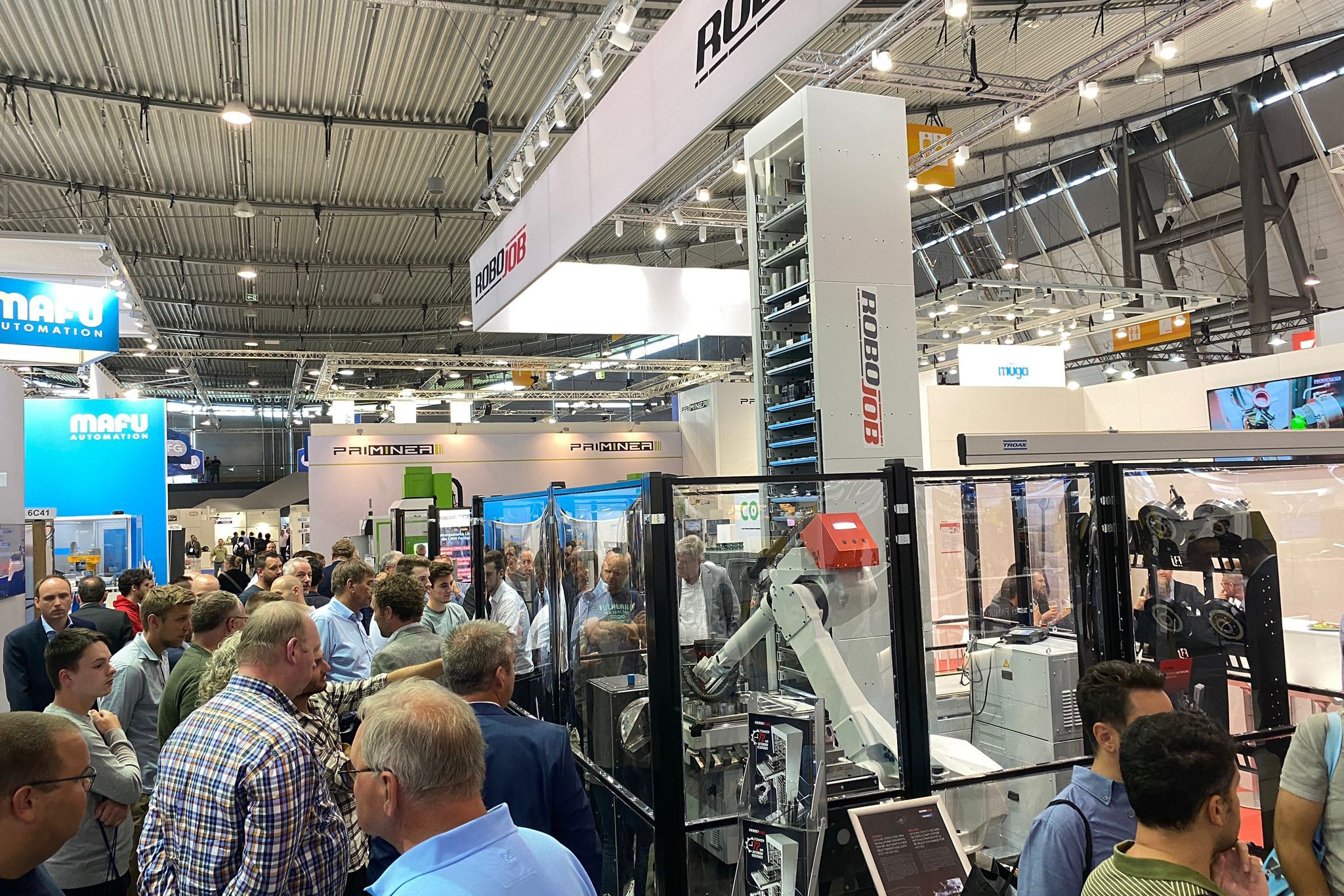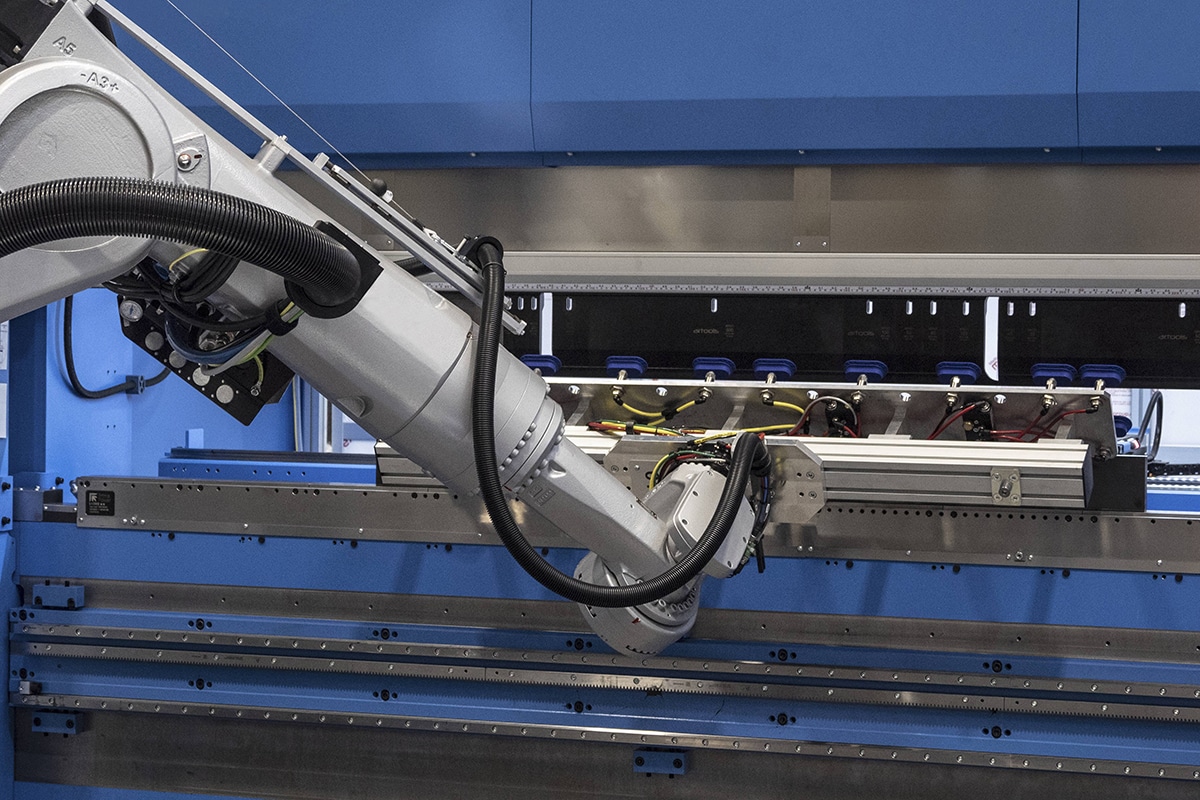
When five-axis becomes the standard
An evolution accelerated by the arrival of the first five-axis machine: the Tiltenta 7 Single-1600 from Hedelius. A new step will soon follow in order to machine even more and larger products in one setup in five planes with the arrival of its bigger brother, the Tiltenta 9-3600 1R. With this, Atelier Verstrepen continues to set the bar high in terms of flexibility and accuracy.
In 2017, Atelier Verstrepen decided to enter the five-axis machining market for the first time. At the time, out of cautious confidence. "We'll see what it brings, was pretty much the philosophy," Christophe Dubois recalls. He is in charge of work preparation at the Onze-Lieve-Vrouw-Waver-based company. Today, less than four years later, the machine is already overstaffed. "Just because it gives us so many advantages. The ability to work in five planes means that we no longer have to waste time with an extra fixture and can set the bar extremely high in terms of accuracy. The T7 finishes pieces to perfection in one motion."

Quality first, from design to assembly
And this is necessary. Because in the past few years the number of orders went crescendo. Especially in the pharmaceutical industry Atelier Verstrepen expanded its activities significantly. This has everything to do with the quality that the company guarantees. Dubois: "That starts here from the design phase. Only by listening carefully to your client do you know exactly what he needs. Customers are busy with their core business, their products. We add our knowledge of machines and manufacturing. Co-engineering to arrive at the best possible solution. A second strength is that we can perform many machining operations in-house. From machining to welding constructions together to arrive at perfectly finished products. That we then do everything according to the surface quality they had preset within the desired accuracies and with the necessary documentation to attest everything, completes the picture."
Smart investment in digitization
It doesn't do the company any harm. For example, Atelier Verstrepen experienced little inconvenience from the corona pandemic. Yet everything is still done with the same number of employees as four years ago. "By making smart investments in digitization on the one hand and smart, flexible machines like the T7 on the other, we can actually do more with less. Preparation is done completely offline and in 3D. This allows machine time to be fully utilized and we can pick out errors even before the piece reaches the shop floor. For our customers, it's important that we can be short on time. The accessibility of the T7 also allows us to quickly add another piece." So five-axis was definitely the way forward for Dubois. Being able to handle higher complexity brought more orders. "The machine has pretty much already become the standard here, just because of the advantages it offers in terms of flexibility and quality."

To a size more
That the second five-axle truck would therefore be another Hedelius was beyond doubt for Atelier Verstrepen. Not only the machine convinced but also the service from supplier Promas. "Spare parts were delivered the very next day. In addition, you always get someone on the line right away who can help you further, even outside office hours," summarizes Dubois. It ended up being the Tiltenta 9-3600 1R. "A machine that combines a large capacity with high accuracy and dynamics, which you would rather expect from a smaller format. We wanted exactly the same functionalities, but in a size more. This will allow us to give more bulky pieces the same flawless finish in the future. Our employees are already greatly looking forward to the arrival of the new Tiltenta, scheduled for May. Being able to work with cutting-edge technology also gives them the job satisfaction they need." The machine has an integrated NC table with a diameter of 900 mm and a swing diameter of 1,250 mm. She also received all the necessary preparation for a possible sixth axis. "Pieces are not only getting bigger, but also more complex. With a sixth axle, we will be able to take further steps in that respect. It gives us the opportunity to think about how we can make complex pieces easier and thus more efficient. This will not be for tomorrow, but at least we are ready for it," Dubois concludes.



